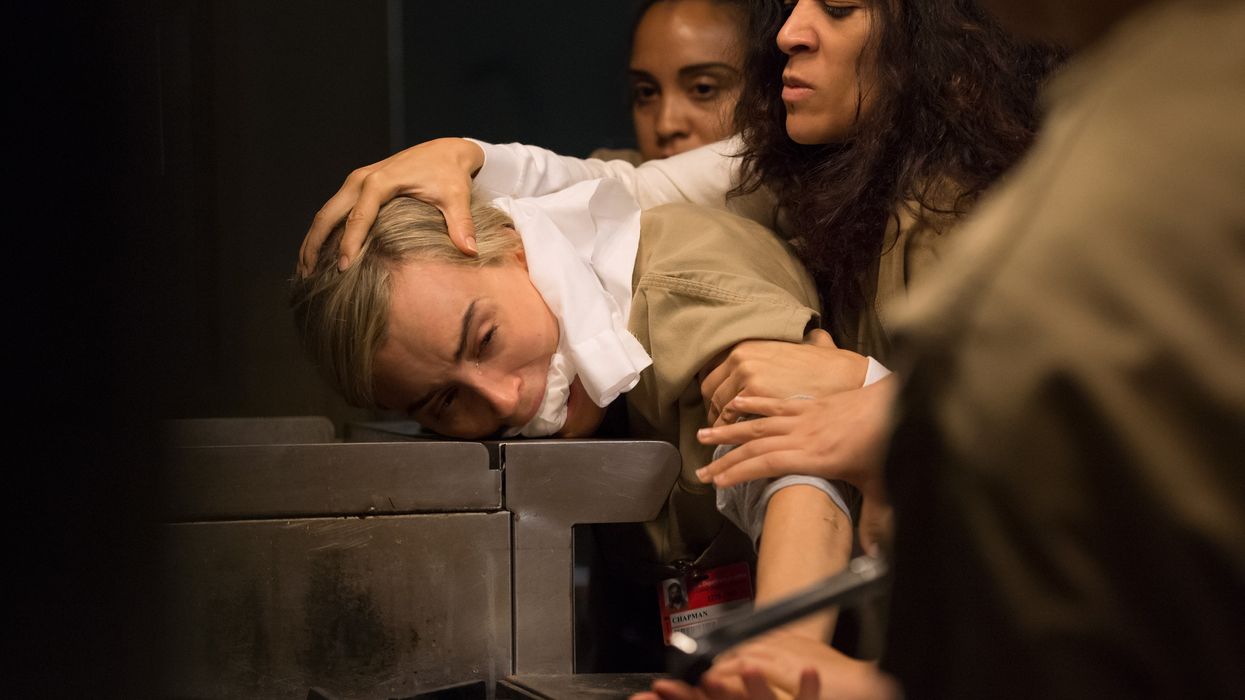Here Are 3 Major Lessons from the Larson Studios Hacking Fiasco
Larson Studios was hacked, and the fallout from the breach has lessons for everyone in the industry.

Larson Studios does post-production sound on a variety of projects, chief among them the popular HBO series Orange is the New Black. As Variety details in an exclusive story, Larson was hacked by the self-described Dark Overlord of Hollywood and held for blackmail over Christmas 2016.
Here are three major lessons worth remembering as you navigate the world of data security.
1. Blackmailers can't be trusted
Blackmail is a common element in film noir not just because of the power dynamic, but also due to the element of trust: how do you know you can trust the blackmailer? Like that famous toe scene in The Big Lebowski, Larson Studios wanted proof that their footage was taken—some token to demonstrate the criminals had what they said they had. They received it over email and discussed it with the FBI. Then, they went against the FBI's advice and paid the ransom.

The blackmailers released the footage anyway, leaking episodes of OITNB online in April before the scheduled airdate. In fact, after extorting funds from Larson, Dark Overlord attempted to extort others with the footage to maximize their profits. Larson had to explain the situation to their various clients, some of whom they lost, and some of whom worked with Larson to beef up security.
2. Reputation is hard to restore
Months after the original Larson breach, rumors spread that footage from the new Pirates of the Caribbean film had leaked online. When covering the story, many sources referenced Larson Studios as a possible site of the security breach, even though the sound house had never worked on the film and wouldn't have had access to the source footage. Reputation is a strange beast, and for the next few months it's likely that any discussion of a footage leak will bring up a discussion of Larson. This post house is going to have to work extra hard to put the story behind them, and the costs for extra layers of data security will be astronomical.

3. Update your machines
When nonlinear editing stations began being used widely, it was a tradition to avoid setting up the internet. Mostly, it was a fear of virsuses infecting the workstation, but the fear of an outsider hacking your footage was always present.
Nowadays, practically any edit or server you work with will be internet-connected, even though connecting your server to the web can leave you vulnerable to a security breach. Of course, you can't live without the internet: you need to upload cuts to the client, receive notes, and download stock and VFX elements. The internet is part of post-production.
This means you have to stay on top of your security, and it all comes down to updates. The breach at Larson went down on a machine running Windows 7. Dark Overlord wasn't specifically targeting Larson; the hackers were simply trawling the net hoping for vulnerable machines and happened to find one at Larson.
It's common in post houses to keep a "legacy" machine alive running an older piece of software or a plugin that won't work correctly once you update the OS, but it's important to know that those older machines are more vulnerable. Consider keeping that legacy machine off the network when possible.
The whole Variety article is worth a read if you working on larger, high-profile projects and want a window into the experience of getting hacked. (Hint: it ain't pretty.)












